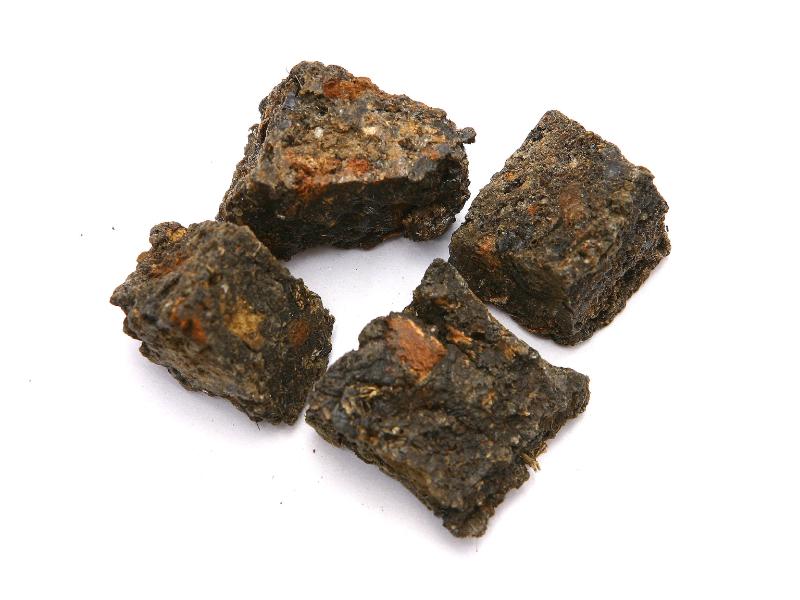Search in medicinals
Myrrha
Myrrh
没药 〔沒藥〕 mò yào

Alternate Chinese names: 末药 mò yào
Kingdom: Plant
Origin in PRC Pharmacopoeia: Commiphora myrrha Engl. (PRC Pharmacopoeia)
Origin in unofficial sources: Commiphora myrrha Engl.*; Balsamodendron ehrenbergianum Berg.
Use: Medicinal
Category: Blood-quickening stasis-transforming agents / Blood-quickening pain-relieving agents
Properties: Acrid, bitter; balanced.
Channel entry: Heart, liver, spleen channels.
Actions and indications: Quickens the blood and relieves pain, disperses swelling and engenders flesh: Amenorrhea, menstrual pain, stasis and pain in the heart and abdomen,
Dosage and method: Oral: 3–10g, in decoctions, powders, or pills. Lower doses may be used if it is combined with rǔ xiāng (Olibanum). It is stir-fried for internal use and used in pill or powder form.
Warnings: Mò yào irritates the stomach and may cause nausea or vomiting in patients with stomach vacuity. It is contraindicated in pregnancy and in the absence of stasis. It should not be used in excessively high doses.
Product description: This resin comes in irregular granules that stick together in lumps of different sizes. The color is reddish brown or yellowish brown. The lumps are brittle and break into semitranslucent granules or thin pieces. It gives off a fine a faint aroma. This product comes wrapped in dog's skin.
Quality: Strong long-lasting aroma, and few impurities are signs of superior quality. Somalian is usually the best.
Production area: Somalia, Ethiopia, and the Arabian Peninsula.
Etymology: This item is of Middle-Eastern origin. The English name myrrh was adopted with the product (Greek myrrha, Akkadian murru, Hebrew mor, Arabic murr). The Chinese name mò yào 没药, mo medicine,
is undoubtedly of same origin.